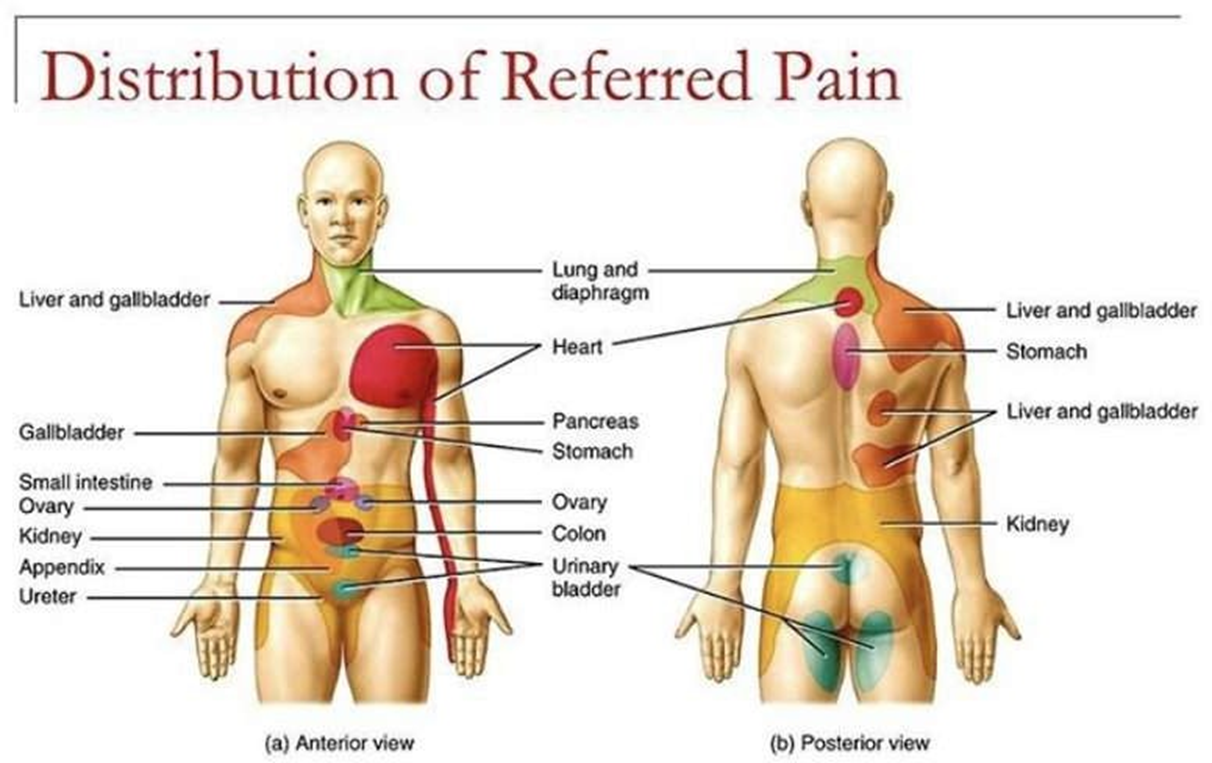An athlete has been practicing twice a day in the heat and reports being dizzy.
The patient’s vital signs are blood pressure of 100/2 mm Hg, pulse rate of 100 beats/min, and respiratory rate of 26 breaths/min; the patient does not remember the last voiding time.
The skin is cool to touch and pale in color. Which type of shock is the patient experiencing?
Hypovolemic shock
Neurogenic shock
Cardiogenic shock
Anaphylactic shock
The Correct Answer is A
Choice A rationale:
Hypovolemic shock is a life-threatening condition that occurs when the body loses a significant amount of blood or fluids, leading to a decrease in circulating blood volume. This can result in inadequate perfusion of organs and tissues, which can cause damage and even death if not treated promptly.
In this case, the athlete's symptoms and vital signs are consistent with hypovolemic shock. The athlete has been practicing twice a day in the heat, which can lead to significant fluid loss through sweating. The athlete is also dizzy, which is a common symptom of hypovolemia due to decreased blood flow to the brain. The athlete's blood pressure is low (100/2 mm Hg), pulse rate is elevated (100 beats/minute), and respiratory rate is increased (26 breaths/minute), all of which are compensatory mechanisms to try to maintain blood pressure and perfusion in the setting of hypovolemia. The athlete's skin is cool to touch
and pale in color, which is due to decreased blood flow to the skin. The athlete also does not remember the last voiding time, which may indicate decreased urine output, another sign of hypovolemia.
Key points supporting hypovolemic shock:
Significant fluid loss due to exercise in the heat Dizziness
Low blood pressure Elevated pulse rate Increased respiratory rate Cool, pale skin
Decreased urine output Additional details:
Hypovolemic shock can be caused by various factors, including:
Hemorrhage (blood loss) Severe dehydration Burns
Severe vomiting or diarrhea
Treatment for hypovolemic shock typically involves:
Intravenous fluid replacement to restore circulating blood volume Blood transfusion if the shock is due to hemorrhage
Oxygen therapy to support breathing
Medications to support blood pressure and heart function
Nursing Test Bank
Naxlex Comprehensive Predictor Exams
Related Questions
Correct Answer is C
Explanation
Choice A rationale:
Intractable pain is pain that is persistent and does not respond to usual pain management methods. While angina can be intractable in some cases, it does not typically manifest as pain in the arm and jaw. Moreover, the patient in this scenario has not yet undergone pain management efforts, so it's premature to classify the pain as intractable.
Choice B rationale:
Phantom pain is pain that is felt in a part of the body that has been amputated or is no longer there. The patient in this scenario has not experienced any amputations, so phantom pain is not a valid explanation for the arm and jaw pain.
Choice C rationale:
Referred pain is pain that is felt in a part of the body that is different from the source of the pain. This is the most likely explanation for the arm and jaw pain in this patient. The heart and the arm and jaw share nerve pathways, so pain signals from the heart can be misinterpreted by the brain as coming from these other areas. This is a common phenomenon in patients with angina.

Choice D rationale:
Cramping pain is a type of pain that is often described as a muscle tightening or squeezing sensation. It is not typically associated with angina. While angina can sometimes cause chest tightness, it's not characterized by cramping in the arm and jaw.
Correct Answer is A
Explanation
Choice A rationale:
Chronic pain can manifest in various behavioral and physical symptoms, including restlessness, pacing, grimacing, and other facial expressions of pain. These behaviors are often unconscious attempts to cope with or distract from the pain.
They may also reflect the emotional distress that often accompanies chronic pain. Patients may feel frustrated, anxious, or even depressed due to the persistent nature of their pain and its impact on their lives.
It's crucial for nurses to recognize these behavioral signs of pain, as patients may not always readily report their pain verbally. By observing these behaviors, nurses can assess the patient's pain level more accurately and provide appropriate interventions.
Choice B rationale:
Chronic pain is defined as pain that persists for longer than three months, often for much longer. It is not limited and short in duration.
This distinguishes it from acute pain, which is typically associated with an injury or illness and resolves within a few days or weeks.
Choice C rationale:
While some patients with chronic pain may have physical signs of tissue injury, this is not always the case. Chronic pain can also be caused by nerve damage, inflammation, or changes in the central nervous system.
In some cases, the underlying cause of chronic pain may be unknown.
Choice D rationale:
Although chronic pain may not always cause a significant change in vital signs, it can still be a very real and debilitating experience for patients.
Vital signs, such as heart rate, blood pressure, and respiratory rate, are often more sensitive to acute pain.
Nurses should not rely solely on vital signs to assess chronic pain. Instead, they should consider the patient's self-report of pain, behavioral cues, and other factors.
Whether you are a student looking to ace your exams or a practicing nurse seeking to enhance your expertise , our nursing education contents will empower you with the confidence and competence to make a difference in the lives of patients and become a respected leader in the healthcare field.
Visit Naxlex, invest in your future and unlock endless possibilities with our unparalleled nursing education contents today
Report Wrong Answer on the Current Question
Do you disagree with the answer? If yes, what is your expected answer? Explain.
Kindly be descriptive with the issue you are facing.
